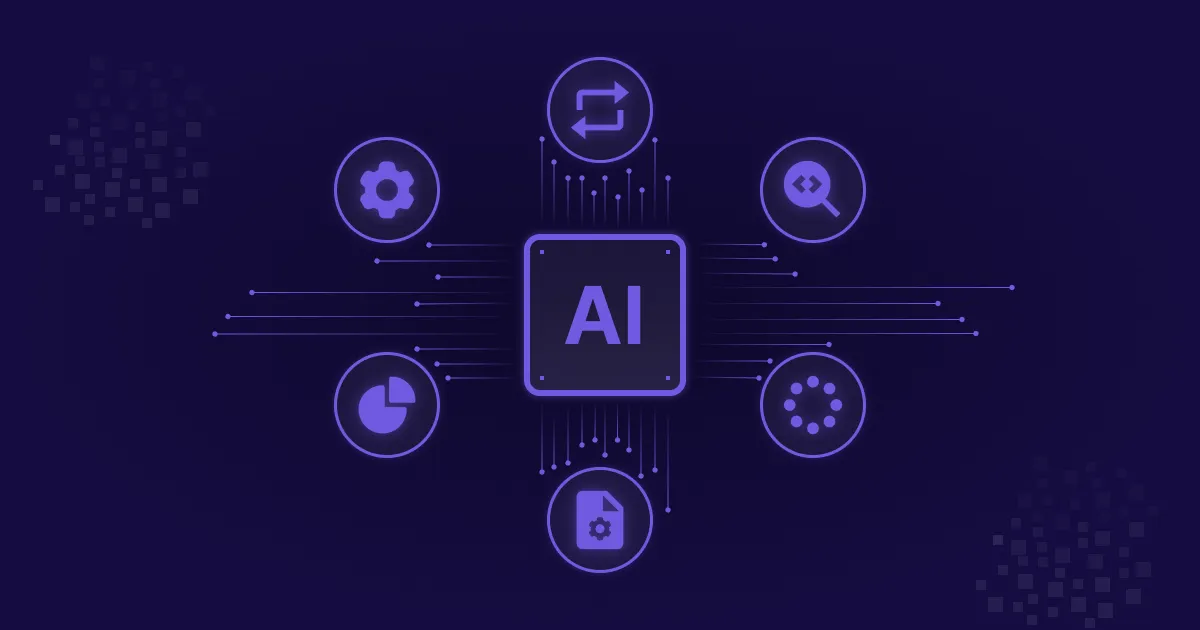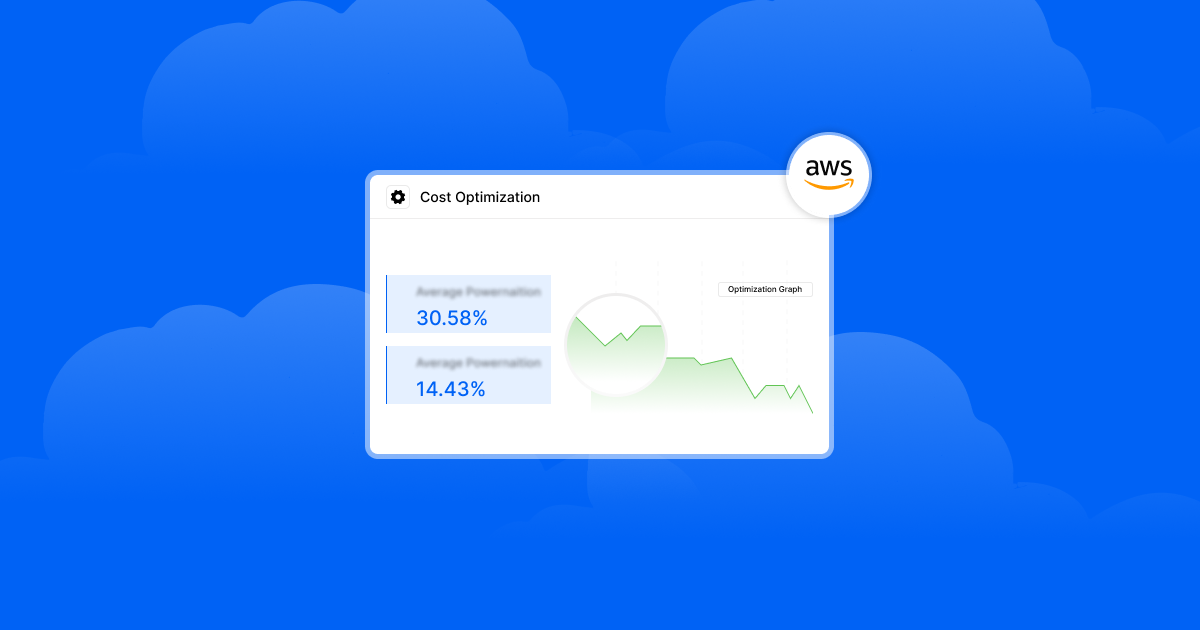FinOps Explained: How to Optimize Cloud Costs with Collaboration and Transparency

The FinOps process provides a structured way for organizations to manage and improve their cloud spending. It’s designed to help teams understand where their resources are going, make smarter decisions about allocation, and keep costs aligned with business priorities. As defined by the FinOps Foundation, this approach is divided into three phases: inform, optimize, and operate—each building on the previous to create a continuous cycle of improvement.
The FinOps process
According to the FinOps Foundation, the FinOps process has three phases: inform, optimize, and operate.

The Inform Phase
The inform phase is the foundation of the FinOps process. It’s where an organization builds visibility into how cloud resources are being used and how much they cost. At this stage, the focus is on answering key questions: Which projects or departments are consuming the most resources? How do these costs compare to the budget? What trends are emerging that could affect future spending?
The on-demand and flexible nature of the cloud, combined with personalized pricing models and vendor incentives, can make tracking costs complex. However, these same characteristics also enable accurate and near real-time reporting when managed correctly. Using tags, accounts, and organizational mapping, companies can break down spending into meaningful categories, allowing for detailed chargeback (billing usage back to the responsible teams) and showback (reporting costs without actual billing).
This data not only satisfies the needs of technical teams but also provides business leaders and finance teams with transparency, helping them see the return on investment (ROI) for cloud spend. In this phase, predictability is a priority—reducing uncertainty around costs and creating a clear picture of how today’s spending decisions will impact tomorrow’s budget.
The Optimize Phase
Once visibility is established, the next step is to identify where spending can be improved without sacrificing performance. In the optimize phase, the focus shifts to efficiency—making sure every dollar spent is contributing value.
Cloud providers offer various tools and programs to help organizations reduce costs. For example, while on-demand resources are the most flexible, they are also the most expensive. Committing to reserved instances or savings plans can bring significant discounts, though these options require careful forecasting and planning.
Optimization can also involve operational changes, such as:
- Right-sizing virtual machines to match workload needs.
- Shutting down non-production environments during off-hours.
- Automating scaling so resources adjust dynamically based on demand.
- Identifying and eliminating unused storage or orphaned resources.
By refining how resources are provisioned and consumed, teams can avoid waste, make better use of existing investments, and free up budget for strategic initiatives.
The Operate Phase
In the operate phase, organizations put their cost optimization plans into action and track results against defined goals. This is not a one-time exercise—it’s a continuous cycle of measurement, review, and adjustment.
Performance metrics, budget adherence, and speed of delivery are all monitored to ensure that cost savings don’t come at the expense of quality or innovation. A well-functioning operate phase requires an established FinOps culture where stakeholders from engineering, finance, and business units work together, review reports regularly, and adjust strategies based on real-time insights.
The success of this phase depends heavily on collaboration and accountability. Without shared responsibility, cost optimization efforts can lose momentum and drift off track.
The FinOps culture
To drive acceptance, FinOps needs some cultural engineering. You may be the sole authority on FinOps, but it only applies to a certain extent. To make it more transformative, you have to find other members of both the Dev and DevOps teams engaged in FinOps, and you need to make it simple for them to implement it.
FinOps is, at its heart, a cultural activity. The most powerful way for teams to control their cloud expenses is through this operations strategy. Teams can leverage FinOps to execute more efficiently while maintaining financial and organizational power.
In combination with the transition to flexible cloud investment, distributed decision-making enables technology teams to work successfully with finance and business teams to make smart decisions that accelerate continuous optimization. FinOps processes enable these teams to work at high speed while boosting the economy of the cloud system. This change helps and encourages teams on the edge and allows team members to engage in the process of increasing productivity, maximizing usage, and reducing investment in any area of the organization.
The role of a FinOps
To implement FinOps practices more effectively, many teams decide to hire a FinOps lead who will take care of everything related. Here’s what this person would do:
- Cost control: Consider where expenditures derive from.
- Output tuning: Invest and redistribute money where you really need to.
- Timely choices related to cost management: You can anticipate and make decisions with real-time knowledge.
- Forecast, schedule, and secure resources: You can predict the resource needs for the future, find discounts or allocate resources from other places using the information regarding cloud data consumption.
- Align IT and finance teams: Teamwork guarantees the correct budget, optimizes expenses, and reduces cash loss.
It's really difficult, though, to find a person who has all the skills required. Where the budget permits, the safest choice is to devote a multidisciplinary team of financial and IT individuals. Another solution is to get employees with a very good financial background, supported by already established departments in the company.
Conclusion
FinOps is not a quick fix—it’s a long-term commitment to improving the way cloud resources are managed and paid for. While the process may not always be smooth, especially for organizations new to the commercial side of cloud, following the three phases—inform, optimize, operate—can deliver lasting benefits. With the right mindset, team structure, and tools, companies can achieve financial accountability in the cloud while supporting innovation, speed, and quality.
Subscribe to receive the latest blog posts to your inbox every week.
*By subscribing you agree to with our Privacy Policy.

Relevant Posts


.webp)
